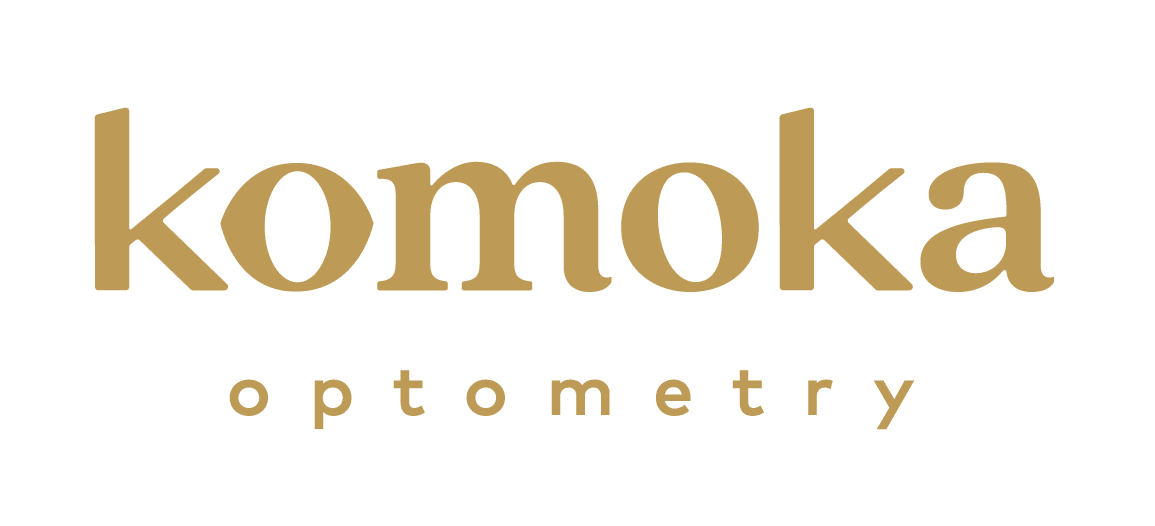Artificial Tears: How to Choose the Right Drops
What are Artifical Tears?
Artificial tears are over the counter eyedrops used for rewetting the ocular surface, maintaining moisture of the eyes and relieving symptoms of dryness and irritation. Patients may require artificial tears to treat dry eyes caused by aging, allergies, eye surgery, medical conditions or environmental conditions. A number of different brands and types of artificial tears are available on the market, however not all are created equally.
Preservatives vs. Preservative-free
There are two main categories of artificial tears- eyedrops with preservatives and preservative-free drops. Preservatives are used in pharmaceuticals to kill bacteria that may contaminate a bottle once it is opened. These preservatives contain harsh chemicals that can be harmful to the eyes with long-term use. Older preservatives such as benzalkonium chloride or BAK are especially harsh and can damage corneal and conjunctival epithelial cells, disrupt the tear film, roughen the corneal surface and lead to inflammation and irritation.
Newer preservatives such as Polyquad and SofZia have been created that are less toxic to epithelial cells of the eye, however BAK is still widely used in artificial tears and can be found in popular drops such as Visine and Clear Eyes. Optometrists recommend choosing an artificial tear that is preservative free, such as Hylo or Hyabak, especially if you are applying drops multiple times a day. Patients who have sensitive eyes, wear contact lenses or have dry eye disease should also opt for preservative-free drops.

Other Ingredients to Consider
The most commonly use lubricant in artificial tears is sodium hyaluronate (a form of hyaluronic acid) which effectively binds water and resists dehydration. Looking for a higher concentration of sodium hyaluronate such as 2mg/mL will relieve intense dry eye symptoms through increased delivery of moisture to the ocular surface. Sodium hyaluronate also works to stabilize the tear film.
There are other ingredients in artificial tears that should be considered when choosing an eyedrop. Demulcents are used to increase the viscosity and comfort of artificial tears. Higher concentrations of demulcents such as propylene glycol keep artificial tears on the eye longer and provide longer relief, however may cause a blur in vision and may be best suited for nighttime use. Patients with severe dry eye may also prefer a thicker drop, gel or ointment.
The pH of artificial tears should be close to 7.4- the pH of the tear film, however this information is often difficult to find. Some artificial tears also contain astringent ingredients such as zinc sulfate which work to clear mucus from the ocular surface and can be found in products such as Clear Eyes.
The broad spectrum of artificial tears on the market can be overwhelming to choose from. Considering the ingredients within the solutions, the addition of preservatives and the severity of your dry eye will help in deciding when drop to choose. It may also take some trial and error to find which tear formulation works best for you.
Some of our top recommendations (all preservative-free) include:
- Hylo– for mild to moderate dry eye and contact lens wearers
- Hylo Dual/Hylo Dual Intense– for symptoms of dry eye and allergies
- Hylo Gel– for moderate to severe dry eye
- Hyabak– for mild or occasional dry eye and contact lens wearers

Call us at 519-473-3937 and schedule a Dry Eye Consultation today.

